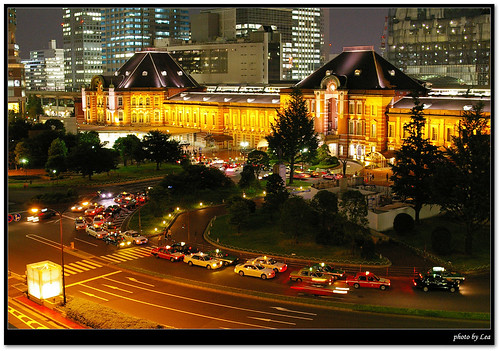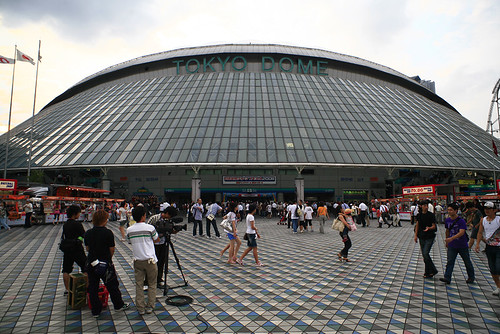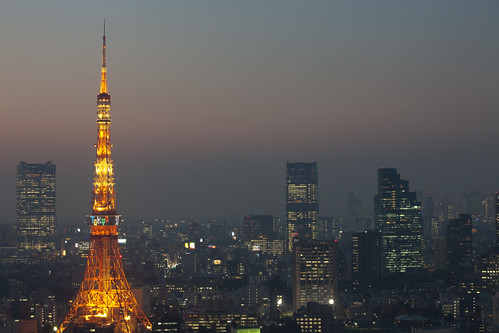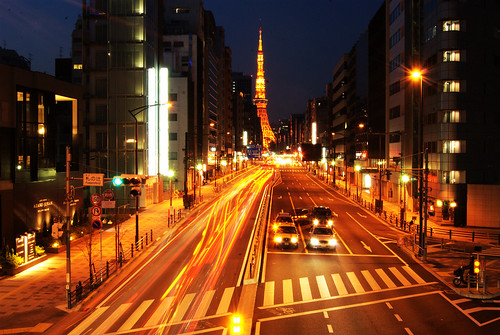Rainbow bridge carries three transportation lines on two decks. The upper deck carries the Shuto Expressway's Daiba Route, while the lower deck carries the Yurikamome rapid transit system in the center, walkways on the outer side, and Tokyo Prefectural Route 482 in-between. Route 482 was formerly a tolled road, but opposition to the toll led to its removal.[citation needed] Bicycles and light motorcycles under 50cc are not permitted on either deck or the walkway of the bridge. Motorcycle pillion passengers are also banned.
The bridge has two separate walkways on the north and south sides of the lower deck; the north side offers views of the inner Tokyo harbor and Tokyo Tower, while the south side offers views of Tokyo Bay and occasionally Mount Fuji. The walkways may only be used during certain hours (9 am to 9 pm in the summer; 10 am to 6 pm in the winter).
Credit: wikipedia








